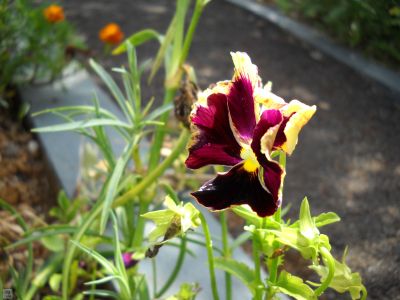Common Pansy Problems
Pansies and other members of the viola family, have their fair share of fungal pansy plant issues, including anthracnose, cercospora leaf spot, powdery mildew and botrytis blight. In early spring or fall, pansies are popular cool weather plants because they hold up to the cooler temperatures much better than many other plants. However, as spring and fall tend to be cool, rainy seasons in many regions, pansies are often exposed to fungal spores which spread on wind, water and rain. Anthracnose and cercospora leaf spot are both fungal diseases of pansy plants that thrive and spread in the cool, wet weather of spring or fall. Anthracnose and cercospora leaf spot are similar diseases but differ in their symptoms. While cercospora leaf spot is generally a spring or fall disease, anthracnose can occur anytime in the growing season. Cercospora pansy problems produce dark gray, raised spots with a feathery texture. Anthracnose also produces spots on pansy foliage and stems, but these spots are usually pale white to cream colored with dark brown to black rings around the edges. Both diseases can significantly damage the aesthetic appeal of pansy plants. Fortunately, both these fungal diseases can be controlled by repeated fungicide applications with a fungicide containing mancozeb, daconil, or thiophate-methyl. Fungicide applications should be started in early spring and repeated every two weeks. Powdery mildew is also a common problem with pansies in cool, wet seasons. Powdery mildew is easily recognizable by the fuzzy white blotches it produces on plant tissues. This does not actually kill pansy plants, but it does make them unsightly and can leave them weakened to attacks from pests or other diseases. Botrytis blight is another common pansy plant issue. This is also a fungal disease. Its symptoms include brown to black spots or blotches on pansy foliage. Both of these fungal diseases can be treated with the same fungicides used to treat anthracnose or cercospora leaf spot. Good sanitation and watering practices can go a long way in preventing fungal diseases. Plants should always be gently watered directly at their root zone. The splash back of rain or overhead watering tends to quickly and easily spread fungal spores. Garden debris should regularly be removed from flowerbeds also, as it can harbor harmful pathogens or pests.
